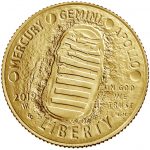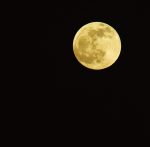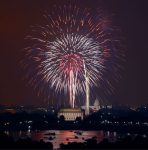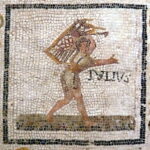First time visitor? We post a wide range of easy-to-use educational ideas and “little lessons” that will enrich your homeschooling schedule all through the year. Please subscribe to our free homeschool newsletter! (It’s just one message a week with no spam.)
There’s a wealth of wonderful material here on our website — everything from homeschool astronomy to books and libraries to language and literature to geography, natural history, homeschool calendars, and more. The materials we’re developing are going to become the foundation for a new type of homeschool network made up of friendly local groups called “Houses” (just like in Harry Potter). Make yourself at home! 😊
![[The River Houses]](https://riverhouses.org/wp-content/uploads/2023/11/emoji-house-with-garden-150x150.png)
![[Homeschool Science & Nature Study]](https://riverhouses.org/wp-content/uploads/2022/07/birds-emberizids-ii-150x99.png)
![[Homeschool American Heritage]](https://riverhouses.org/wp-content/uploads/2024/09/america-250-150x120.jpg)

![[Emily Dickinson]](https://riverhouses.org/wp-content/uploads/2019/12/dickinson-stamp-1971-96x150.jpg)
![[Homeschool Research Icon]](https://riverhouses.org/wp-content/uploads/2019/08/research-150x80.jpg)

![[Weekly Homeschool Almanac]](https://riverhouses.org/wp-content/uploads/2018/08/calendar-generic-150x88.png)
![[Oklahoma State Bird & Flower]](https://riverhouses.org/wp-content/uploads/2020/07/oklahoma-stamp-1982a-99x150.jpg)

![[Boötes Star Chart]](https://riverhouses.org/wp-content/uploads/2021/07/arcturus-122x150.png)
![[Homeschool Science & Nature Study]](https://riverhouses.org/wp-content/uploads/2022/07/birds-emberizids-i-150x111.png)
![[Apollo Moon Rover Stamp 1971]](https://riverhouses.org/wp-content/uploads/2023/07/apollo-moon-rover-stamp-1971-150x95.jpg)


![[Utah State Bird & Flower]](https://riverhouses.org/wp-content/uploads/2020/07/utah-stamp-1982b-99x150.png)
![[Homeschool Astronomy]](https://riverhouses.org/wp-content/uploads/2023/07/emoji-telescope.png)

![[Homeschool Science & Nature Study]](https://riverhouses.org/wp-content/uploads/2022/07/birds-tanagers-150x101.png)
![[Homeschool Photography Icon]](https://riverhouses.org/wp-content/uploads/2022/10/camera-flash-emoji-150x150.png)

![[Full Moon Stamp]](https://riverhouses.org/wp-content/uploads/2024/07/us-moon-stamp-2016-150x150.jpg)
![[Constitution Stamp 1987]](https://riverhouses.org/wp-content/uploads/2022/07/we-the-people-stamp-1987-150x82.jpg)
![[Dewey Decimal System]](https://riverhouses.org/wp-content/uploads/2018/09/dewey-decimal-classes-150x79.jpg)
